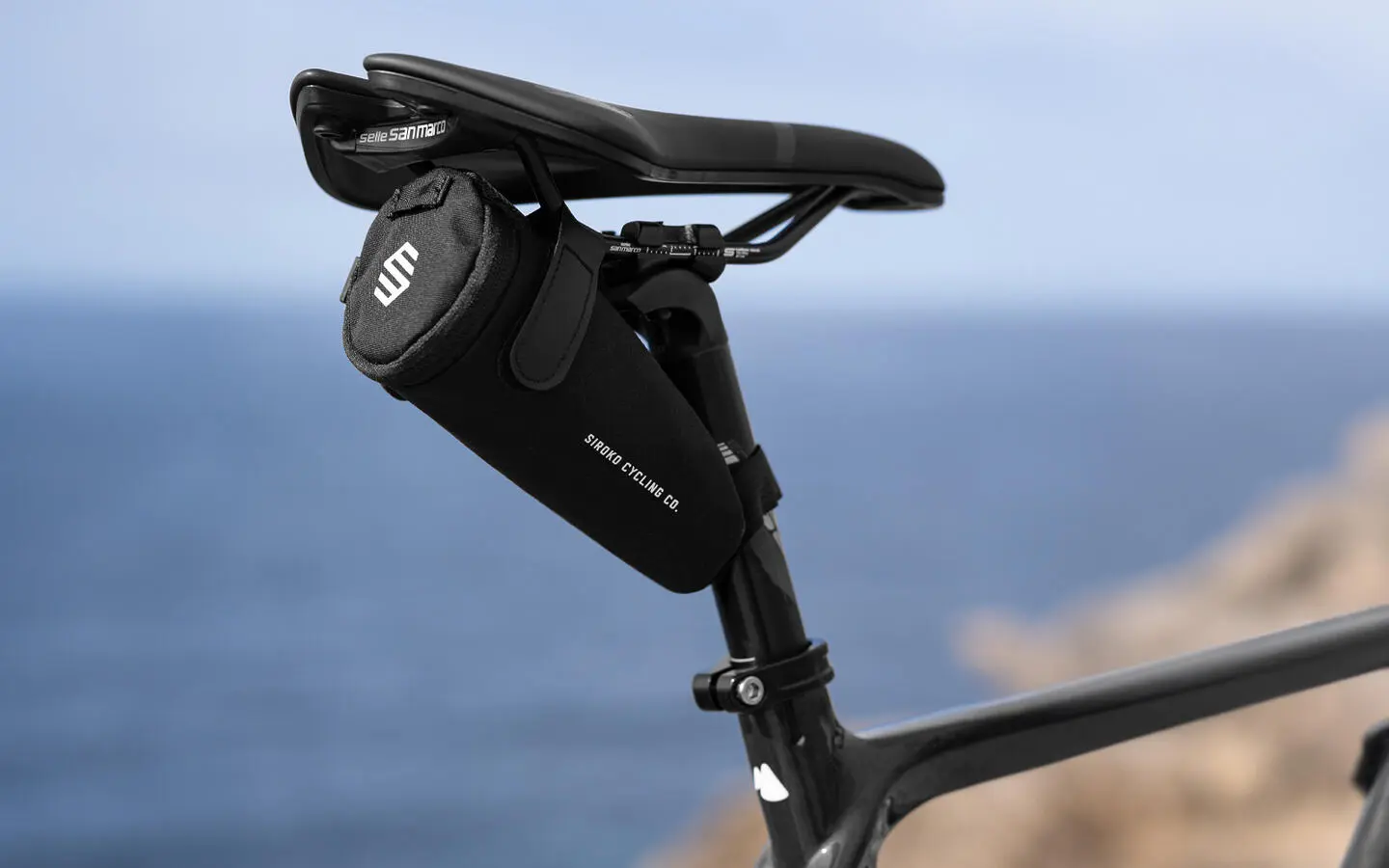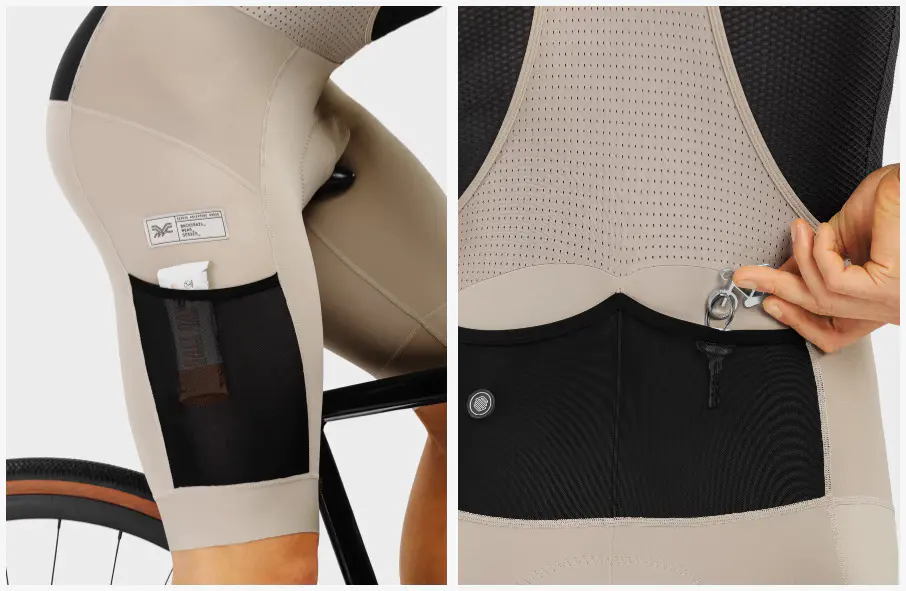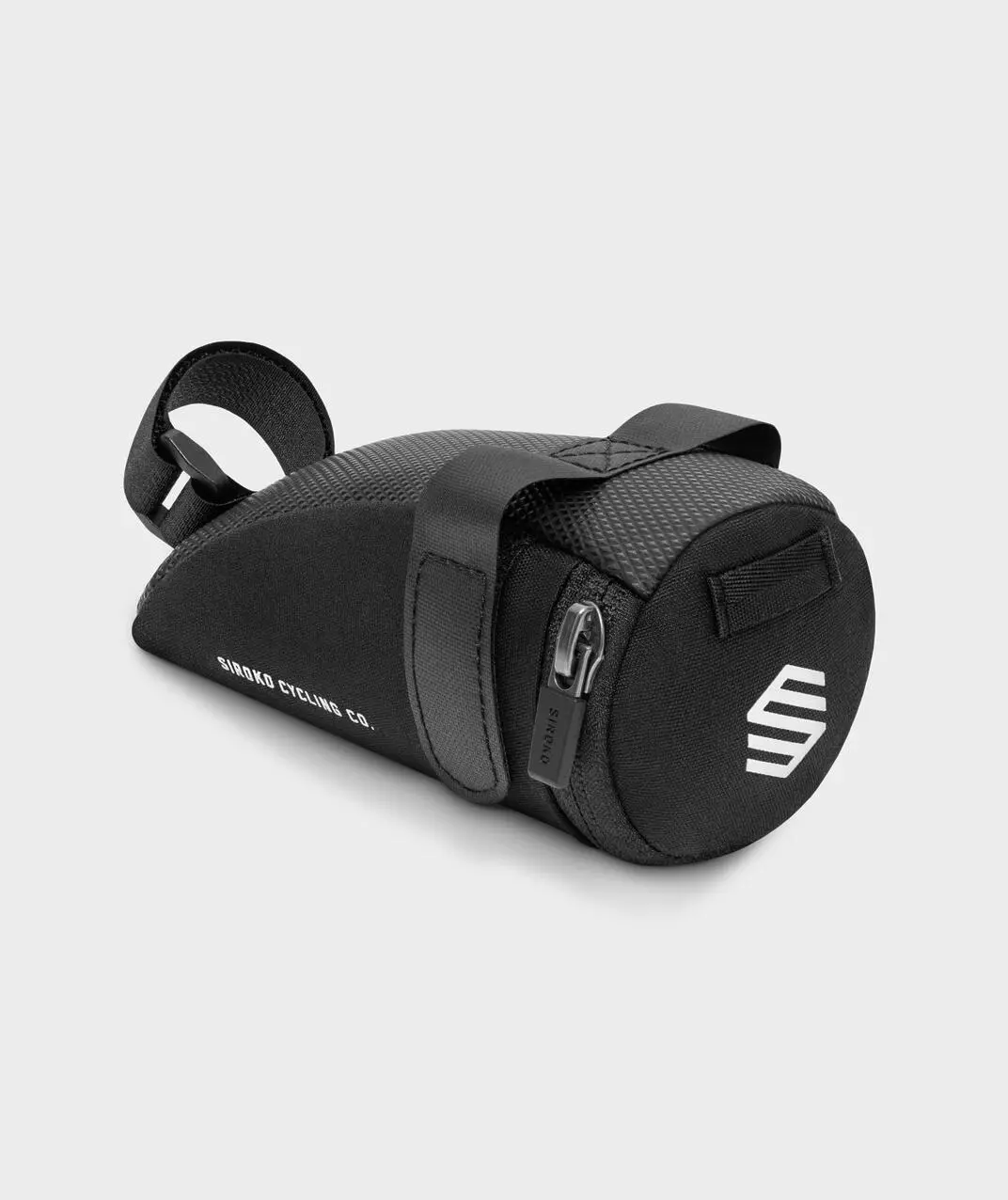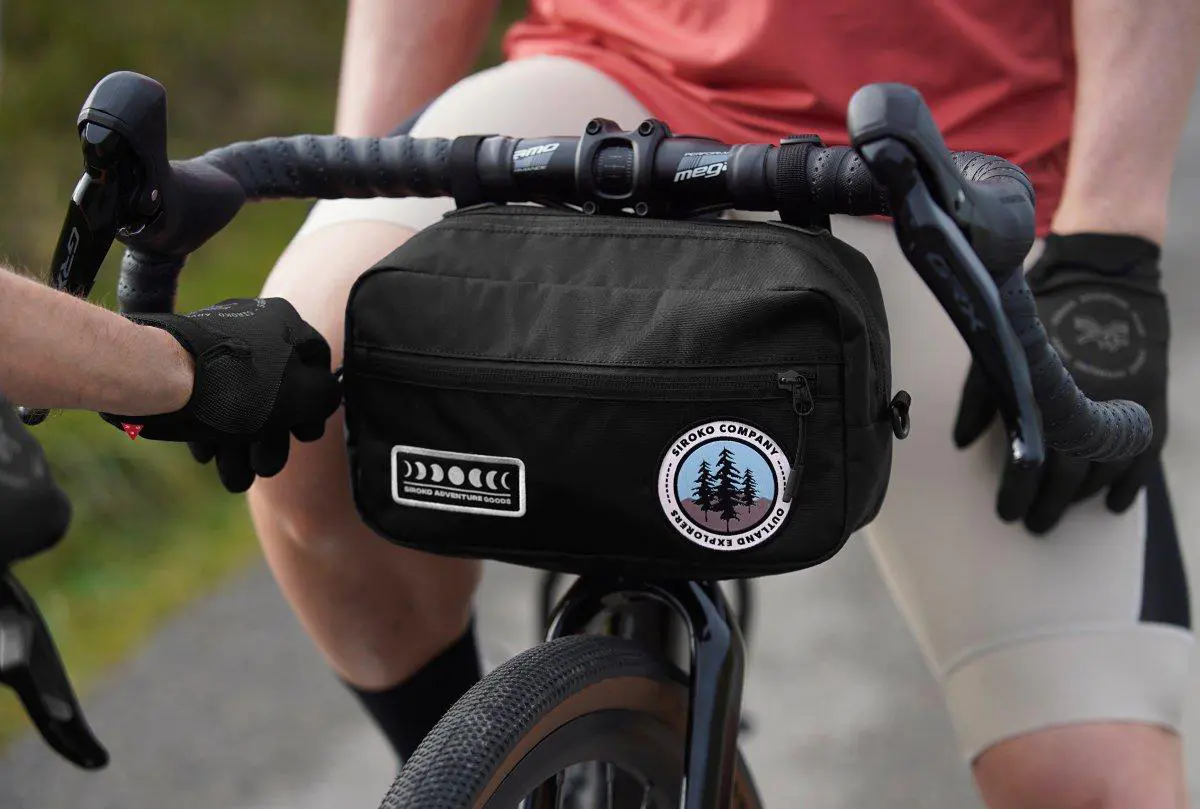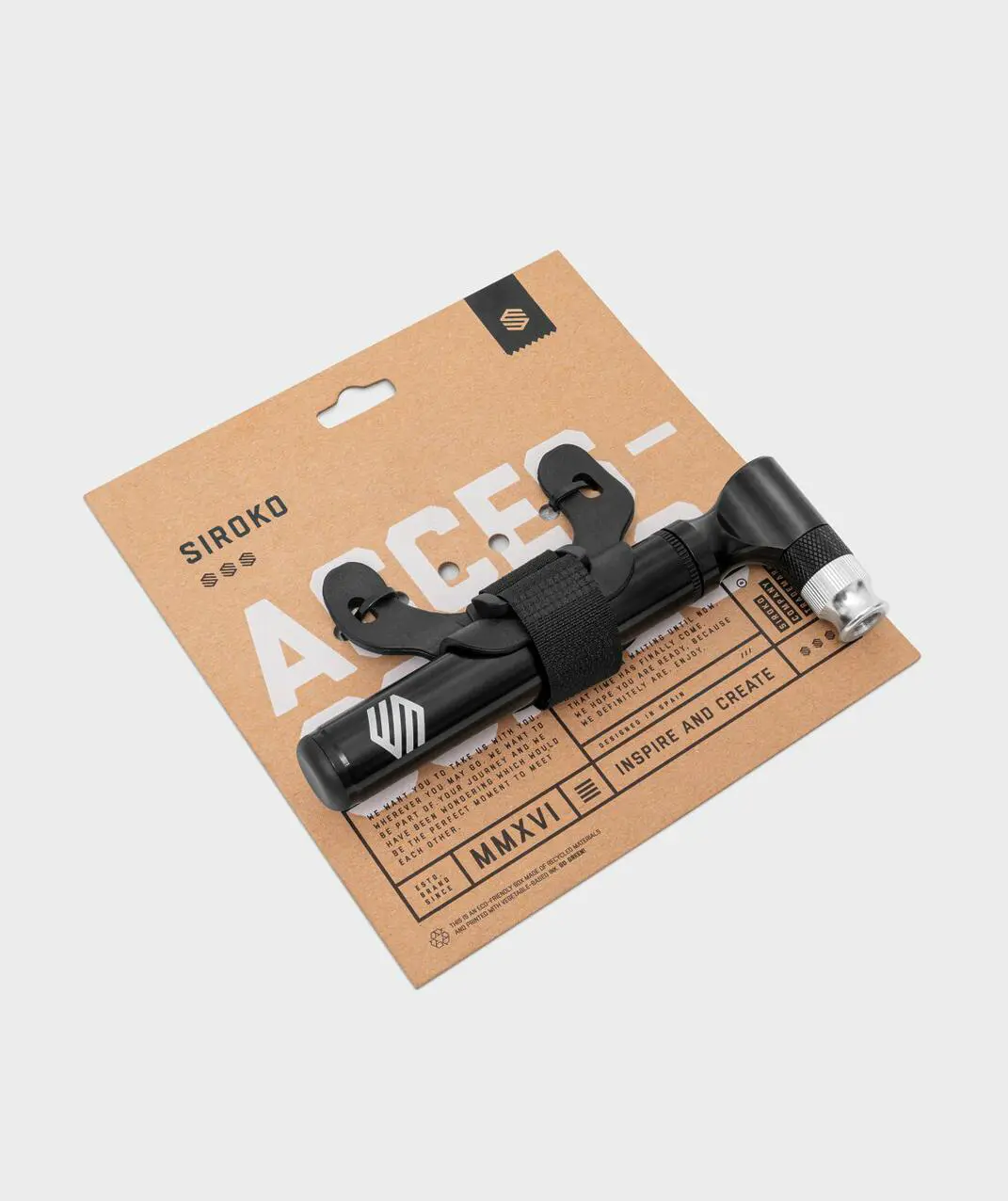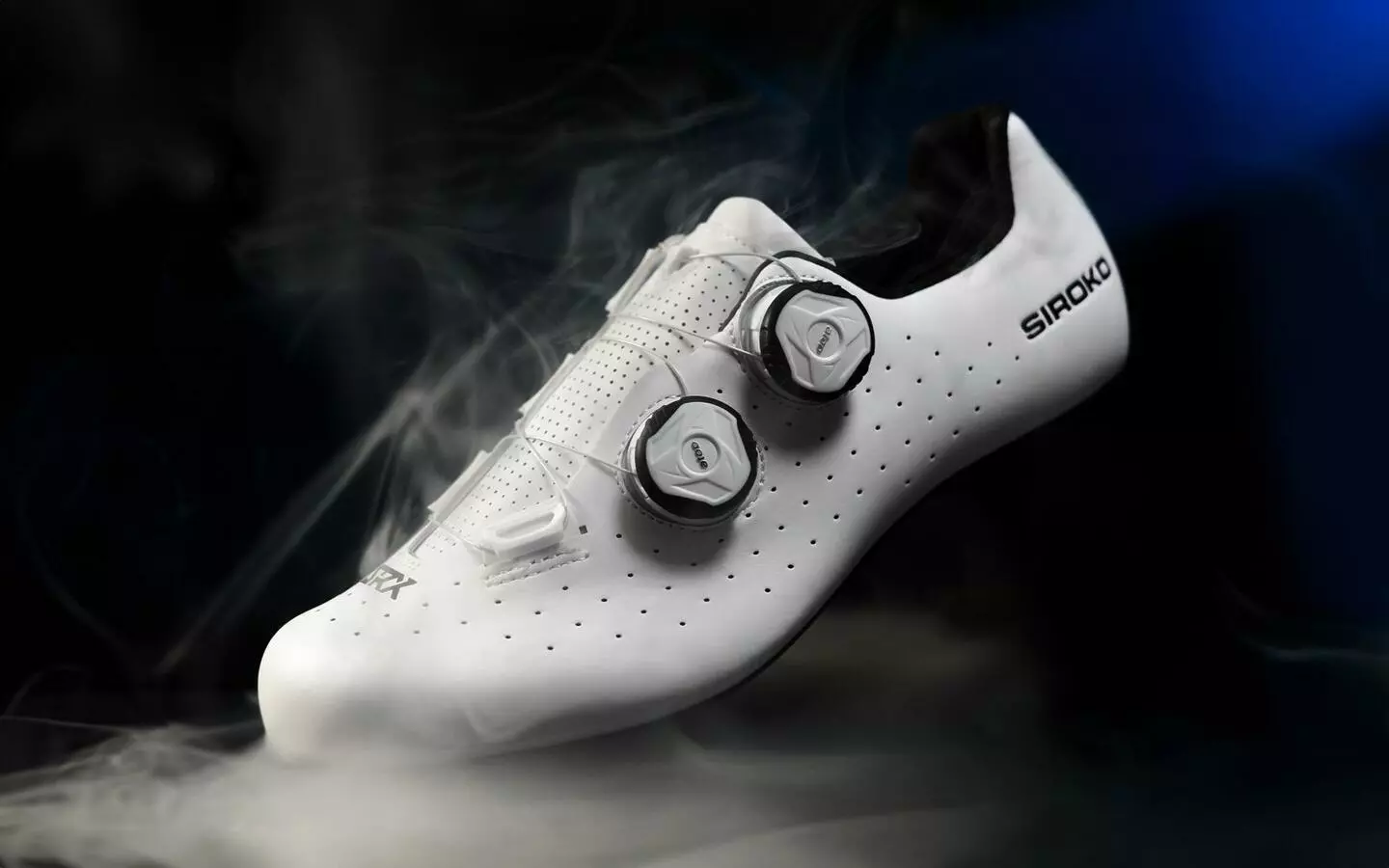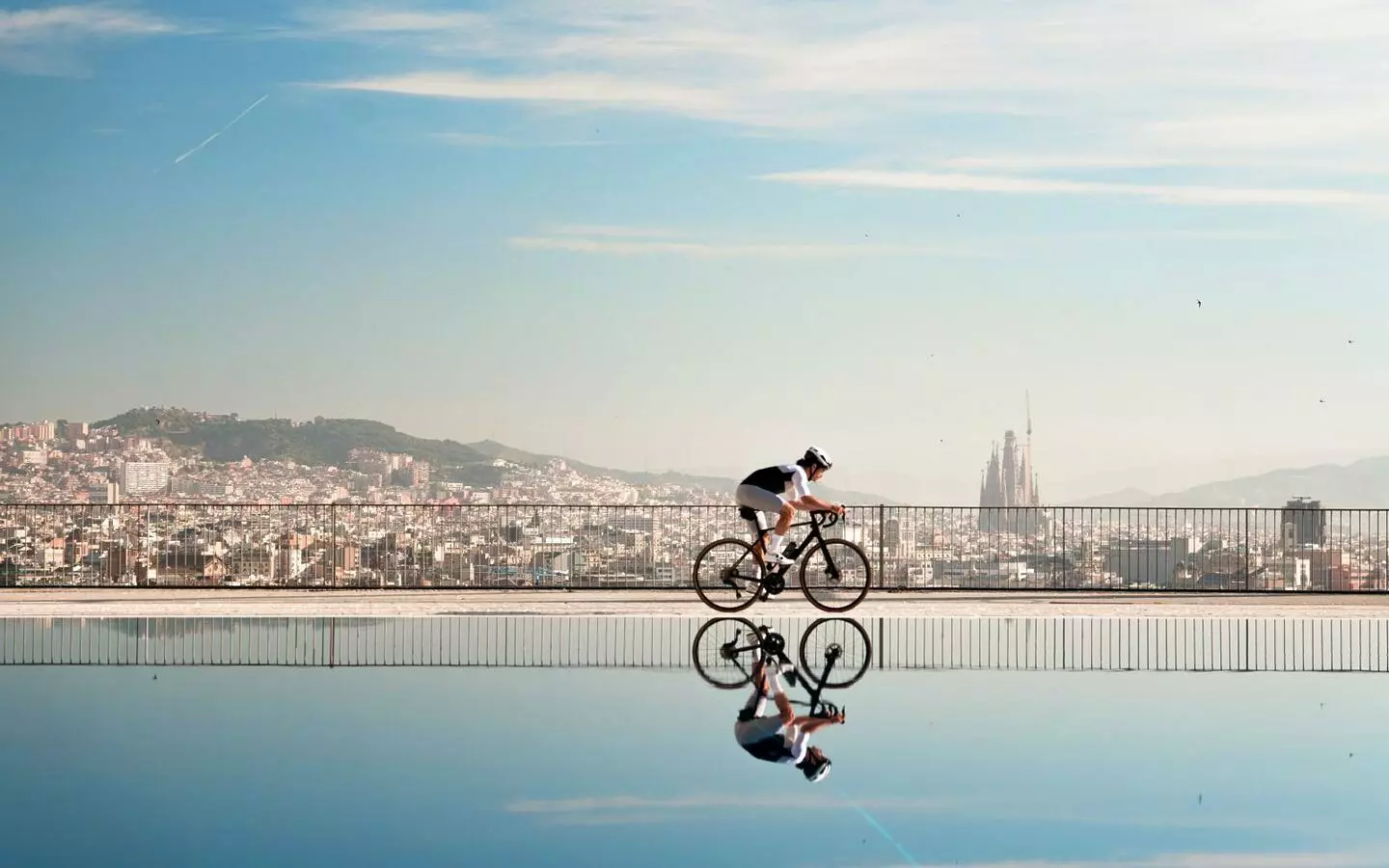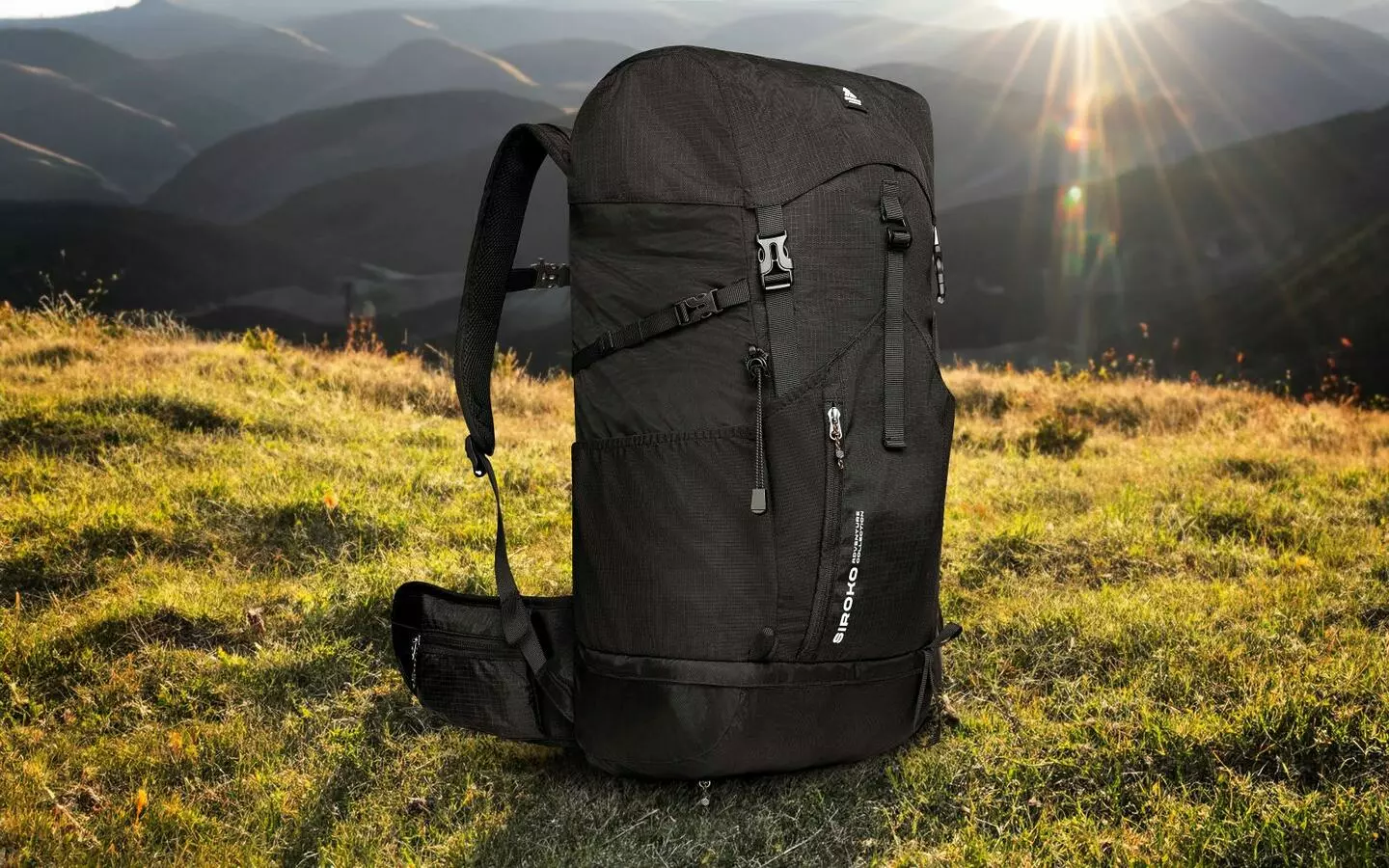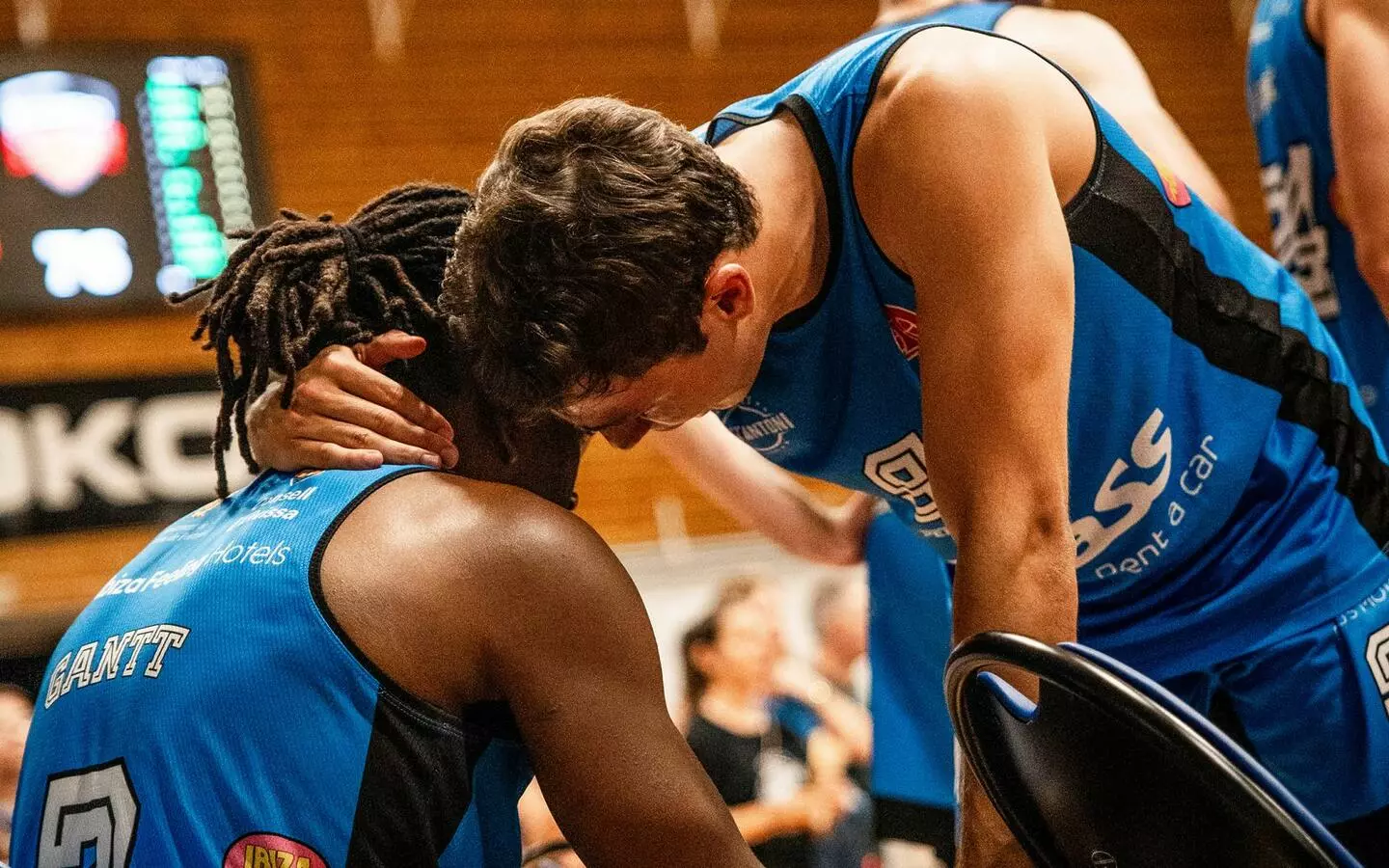Cycling: that sport where it seems like all that matters is pedaling. However, anyone who has ever hopped on a bike for more than just a quick ride to the grocery store on a Sunday morning knows that, in reality, cycling is a meticulous art of balancing the need to pack light and “where do I put my keys, spare parts, energy bars, gels, and that little lucky charm my grandmother gave me?” And the thing is, dear reader, cycling is not just about two wheels and a frame; it’s a symphony of pockets, bags, canisters and strategies for carrying everything from the essentials to the most ridiculously unnecessary items. Because, after all, you never know when you’re going to need that multi-tool wrench you still haven’t used.
The pockets of your jersey and/or jacket
The most basic cycling jersey or jacket has at least two back pockets. Most commonly there are three, and in some cases, such as the jackets, you will find a few more on the chest. They are ideal for your cell phone, some cash, your ID, energy gels/bars and extra clothing items (vest, sleeves, gloves…). You can also fit small tools, spare inner tubes and a small pump, but if you go overboard, you’ll end up overstretching the fabric and your jersey or jacket will sag under your butt.
Cargo bib shorts
If you don’t know what we’re talking about, here’s an in-depth post on our Siroko bib shorts with pockets. They offer more room for small items like those mentioned above. It’s that simple.
Saddle bag
These bags are attached right under the seat and are perfect for carrying basic tools and spare parts. They come in various shapes and sizes and can be attached to your bike in different ways.
The most basic and smallest saddle bags have enough space for an inner tube, tire levers and a multi-tool. They have a zipper and are attached to the saddle rails and seatpost with Velcro straps.
The largest and most spacious ones are aimed at bikepacking to carry all kinds of objects that take up some space but are rather lightweight. It is not advisable to stuff heavy objects in these bags because they affect the riding experience and the balance of the bike when we ride out of the saddle.
They range from very tiny ones to extra large models to cater to all needs and preferences. We can also find bags with their own fixing system, tool rolls, BOA closure systems… Take your pick.
Tool storage bottle
If you don’t want to stuff your pockets with spare parts, but you don’t like saddle bags either, a tool bottle is the second option. There are sizes ranging from 450 ml to 750 ml. In the smallest one, you can easily fit two inner tubes, two tire levers, and a multi-tool. In the larger ones, in addition to the above, you can also fit a mini pump, but make sure that the size of the pump is not bigger than the size of the bottle.
Some models have a screw cap closure while others feature a zipper and several compartments inside.
Tool storage cages
You can use the bottle to carry your tools, and you can also use an entire storage cage attached to your bike to carry your pump or CO₂ cartridges. Brands have even designed specific cages that also allow you to carry your multi-tool and tire levers. Here’s one from Lezyne and here’s a great full-featured model from Pro.
Cycling backpack with or without hydration pack
These are quite light backpacks (depending on the model) that, in addition to having space to carry objects, can also feature a hydration pack inside and a tube to drink from it. They are a great option for carrying not only the essentials, but also water if, for example, your bike only has room for one water bottle, you are going on a long route or you simply don’t want to stop at water fountains or refreshment stations along the way.
There is a great variety of models. There are lighter ones, which are just a piece of fabric around the water deposit and a couple of pockets, and slightly heavier ones with several side pockets, zippered compartments and elastic drawstrings. They should fit snugly on your back so that they don’t move around too much, that way they are more comfortable and don’t hurt your shoulders. They must also be breathable to prevent excessive sweating.
Bum bags with or without hydration pack
If you don’t like backpacks because they still make you sweat, take away your mobility or aren’t as accessible, a bum bag or a fanny pack is a recommended option, especially for short rides. All depends on your personal needs, the amount of objects you want to carry and your preference in terms of weight distribution. Keep in mind that they have their disadvantages: less capacity for objects and water bottles, they move around more than a backpack, they can be uncomfortable if they are too heavy…
Handlebar bag
An accessory that we have already described in depth in this blog post. It is attached directly to the handlebars and is ideal for carrying all those small items you always keep in your pockets. Depending on the size, you can also keep other medium size objects or objects of greater volume that don’t fit in the back pockets, like a camera.
Cons: You can read all this in detail in the blog post we mentioned above. Handlebar bags can affect bike handling, they create aerodynamic resistance and might be incompatible with your bike.
Top Tube Bag
Bags that get attached to the top tube of the frame and the bike stem via straps or other anchoring systems are a more aerodynamic solution. They are great for keeping all your essentials handy, especially food. You just have to unzip the bag, reach in and grab what you need. Plus, you won’t have any compatibility problems because they can be installed on most bikes.
Tips and other solutions
Attaching tools and snacks to the bike frame using duct tape, rubber straps, Velcro strips or cable ties are some of the DIY fixes you can go for. You can also use the specific cycling items available on the market, such as this Lezyne strap or these from Voile. They should be made of resistant materials and not damage the frame. Extra protection at the attachment points is highly recommended.
There are also specific holders for CO₂ cartridges, pumps with their own holder and slots on the bike where you can also carry things. For example, you can put a tubeless repair kit like this one from Lezyne or this one from Zéfal inside the handlebars. They are specifically made for MTB, but that doesn’t mean they won’t work on road or gravel bikes, depending on the handlebar shape. If repair kits don’t fit in there, you can still put things inside such as patches, gloves or emergency cash. Just make sure they are well sealed to prevent the items (especially the money) from falling out during the ride.
As you can see, the possibilities for carrying essentials on your bike are as varied as the cyclists who ride the roads and trails of the world. It’s no secret that everyone has their own methods for carrying their cycling essentials. If you have any crazy ideas, homemade inventions or grandma’s advice that once saved your day, share them with us. Leave us a comment and tell us all about it. We look forward to hearing your stories!
